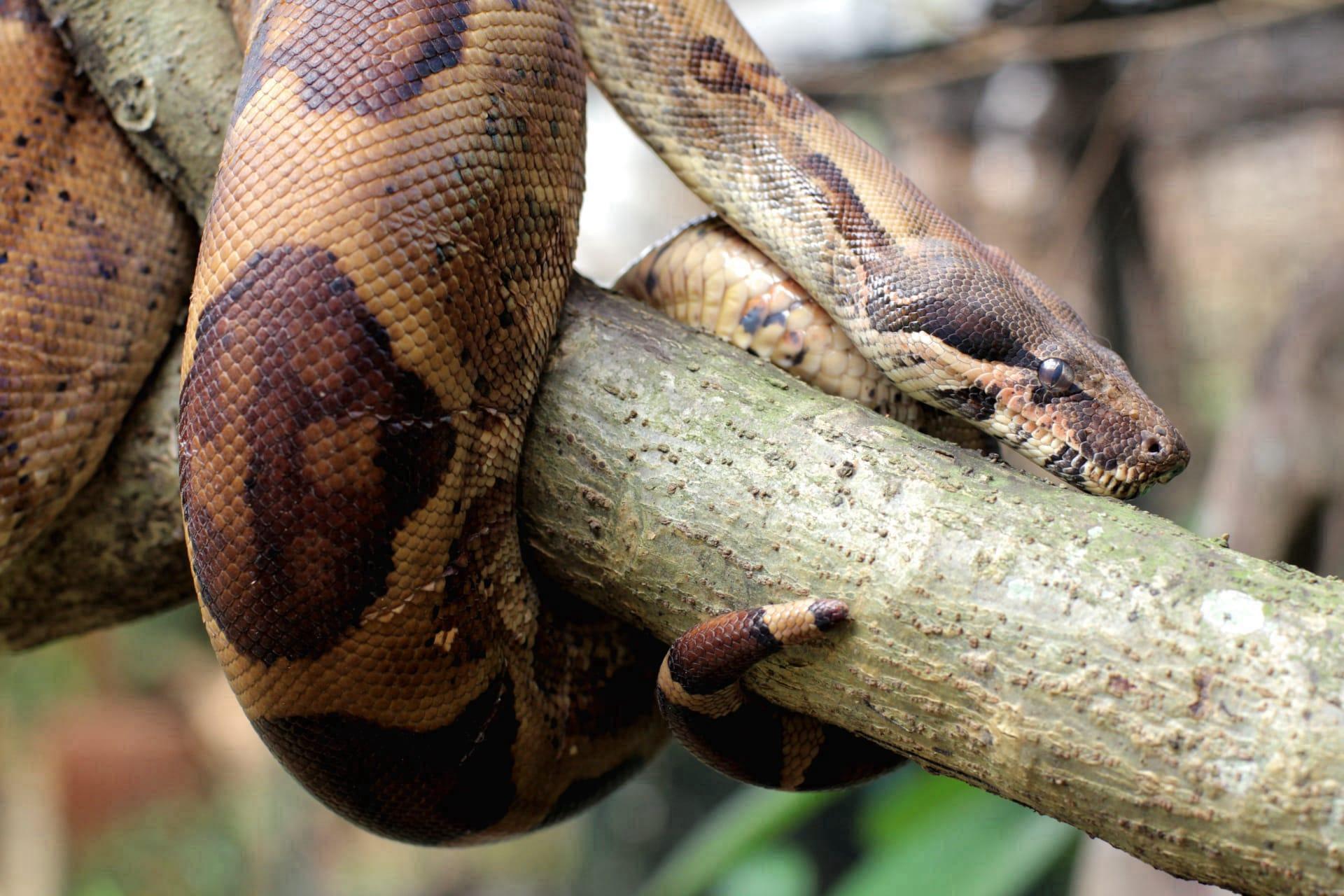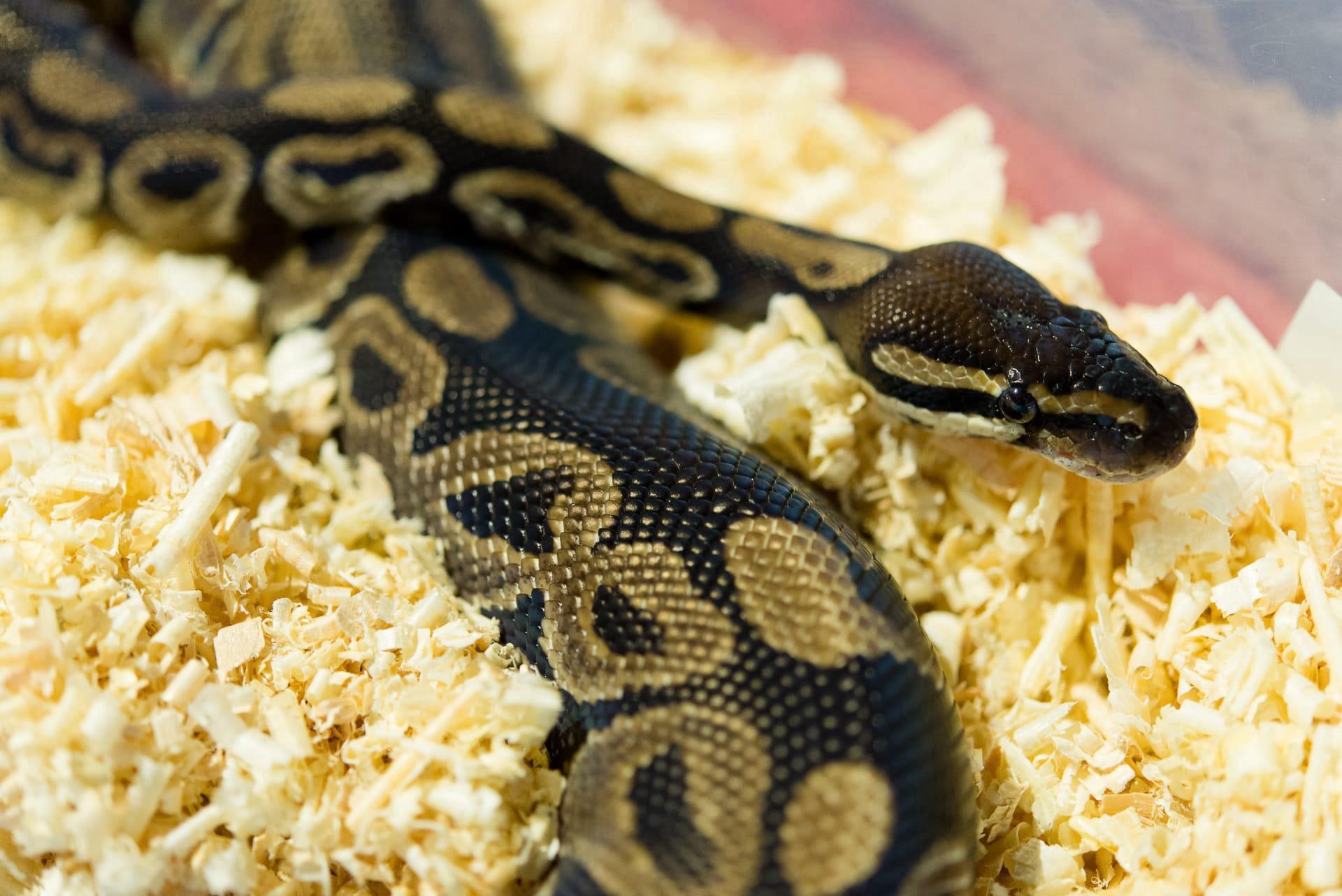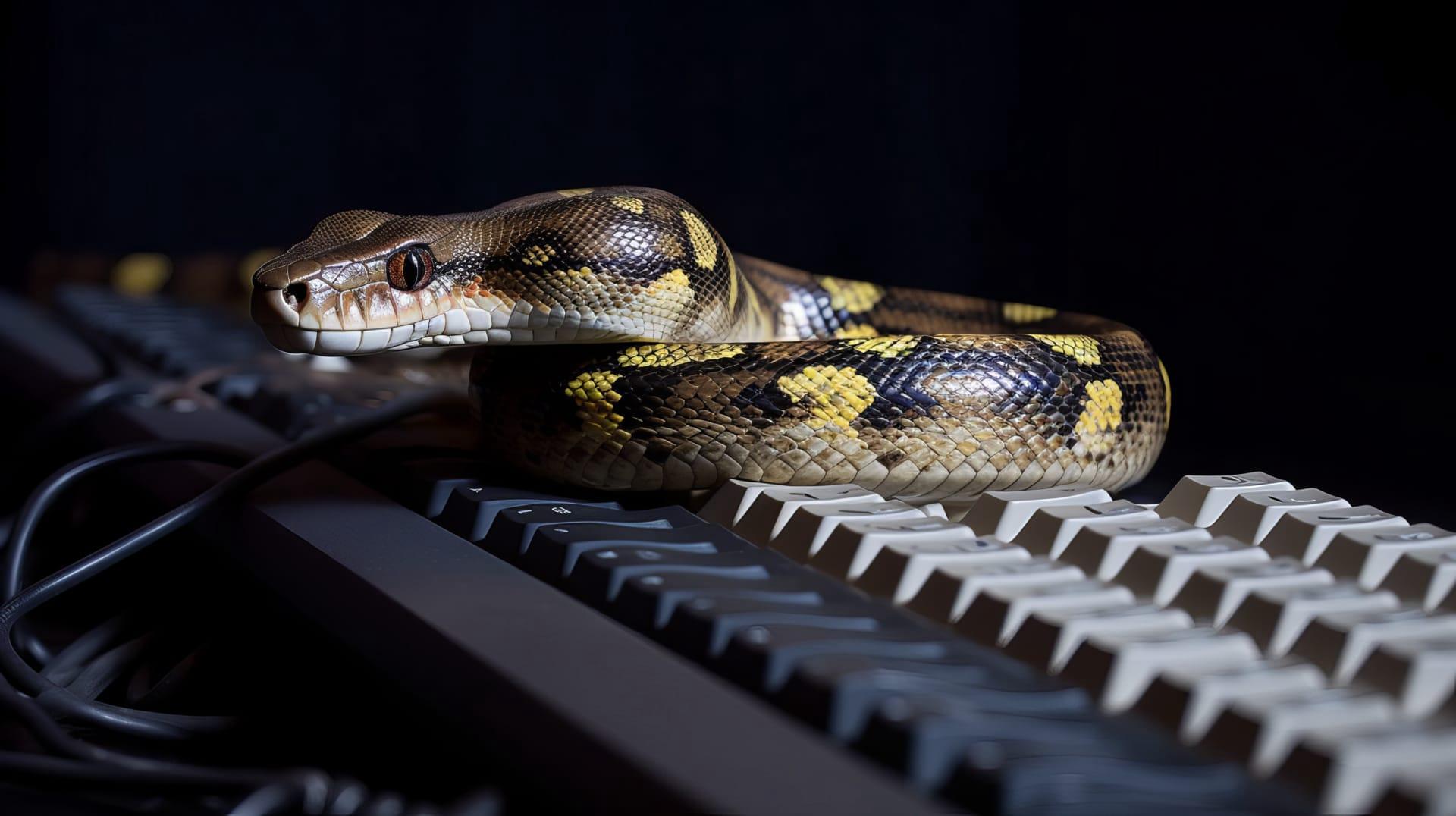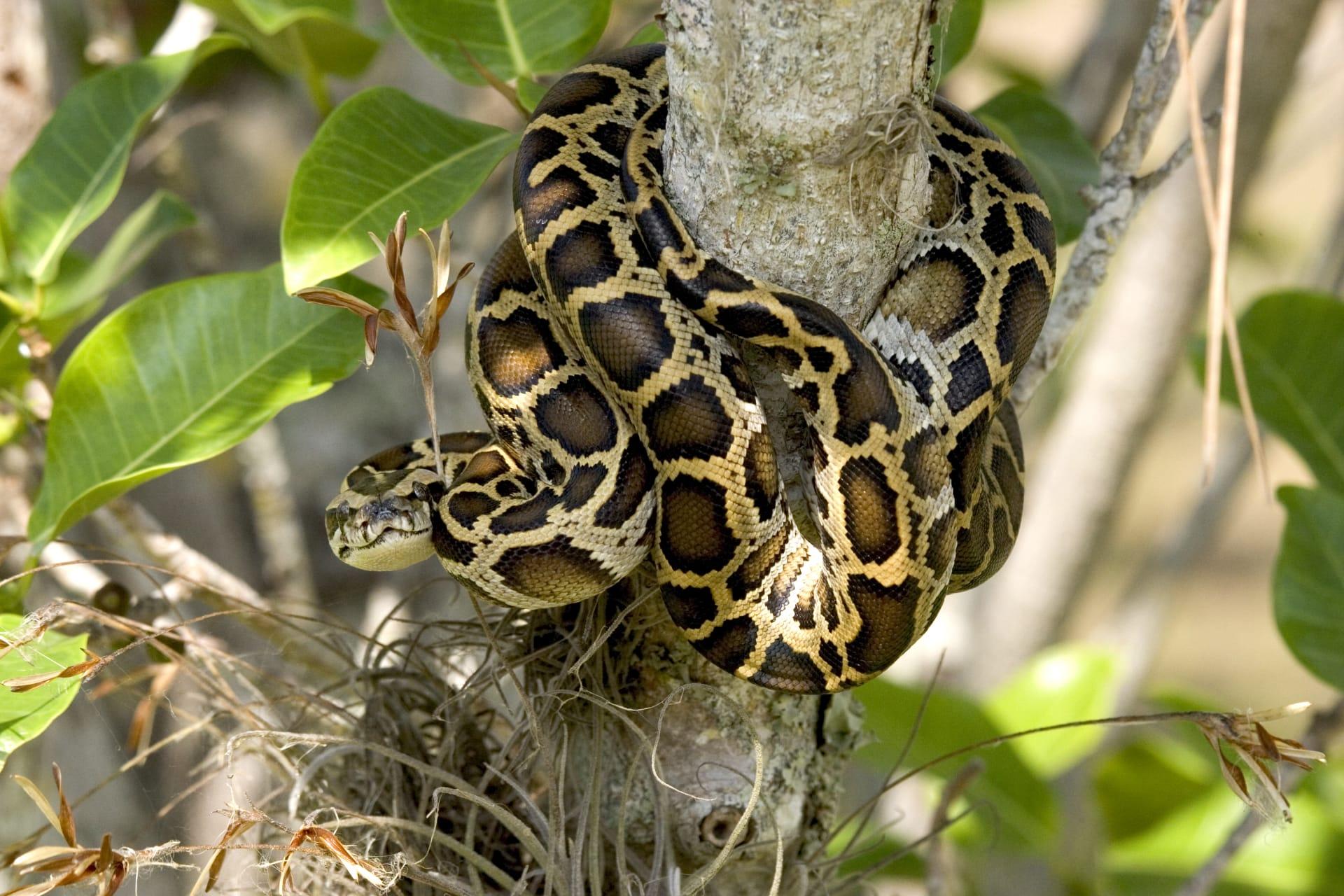Burmese Python Trivia
- Home /
- Trivia Question /
- Animal /
- Burmese Python Trivia
1
Question: How long can a Burmese Python grow, and is this size typical for all pythons?
Answer: Burmese Pythons are among the largest snakes in the world. They can reach lengths up to 23 feet (7 meters), but commonly they grow to about 16 feet (4.9 meters). This size is not typical for all pythons; for instance, the Ball Python averages only 3 to 5 feet (0.9 to 1.5 meters) in length.
Question: What do Burmese Pythons typically eat, and how do they hunt?
Answer: Burmese Pythons are carnivorous and have a varied diet. They commonly feed on birds, mammals, and occasionally on other reptiles. Hunting primarily by ambush, they use their camouflaged skin to blend into surroundings, striking swiftly when prey comes within reach. They kill by constriction, wrapping their powerful bodies around their prey and suffocating it.

2
Question: Is it true that Burmese Pythons are venomous?
Answer: No, this is a common misconception. Burmese Pythons are not venomous; they are constrictors. They kill their prey by wrapping their muscular bodies around it and squeezing until the prey suffocates. They rely on physical strength rather than venom to subdue their meals.
Question: Can Burmese Pythons be tamed and kept as pets?
Answer: While some people do keep Burmese Pythons as pets, they are not domesticated animals. They require specialized care, large enclosures, and a specific diet. Moreover, their large size and strength pose significant challenges and risks, making them unsuitable for most pet owners.

3
Question: How long do Burmese Pythons live, and do they have any unique aging characteristics?
Answer: In captivity, Burmese Pythons can live up to 25 years, sometimes longer. They continue to grow throughout their lives, although their growth rate slows significantly as they age. Unlike some animals, they do not show obvious signs of aging, like graying fur or slowed movement.
Question: What is the reproductive behavior of Burmese Pythons, and how many eggs do they typically lay?
Answer: Female Burmese Pythons lay between 12 to 36 eggs per clutch. They exhibit unique maternal behavior, coiling around the eggs to protect them and even shivering to generate heat to incubate the eggs. This process lasts for about 60 days, during which the female rarely leaves the nest.

4
Question: Are Burmese Pythons good swimmers, and do they need a water body in their habitat?
Answer: Yes, Burmese Pythons are excellent swimmers. They are often found near water and can stay submerged for up to 30 minutes before surfacing for air. A water body is essential in their habitat, both for hydration and as a means of escape from predators or to catch prey.
Question: How do Burmese Pythons impact local ecosystems, especially when introduced outside their native range?
Answer: Burmese Pythons can significantly impact local ecosystems, particularly when introduced into areas outside their native range, like in Florida's Everglades. They are apex predators with few natural enemies in these new environments, leading to a decline in local wildlife populations, especially of small mammals and birds.

5
Question: What are the primary threats to the survival of Burmese Pythons in the wild?
Answer: The main threats to Burmese Pythons include habitat loss due to deforestation and land development, poaching for their skin and meat, and the pet trade. Conservation efforts are crucial to protect their natural habitats and regulate trade.
Question: Can Burmese Pythons change color, and what might influence this?
Answer: Burmese Pythons cannot change color like some reptiles, such as chameleons. However, their skin color can appear different depending on lighting, age, and environment. Younger pythons usually have more contrasting patterns that may fade slightly as they age. Environmental factors like humidity and temperature can also affect the appearance of their skin.